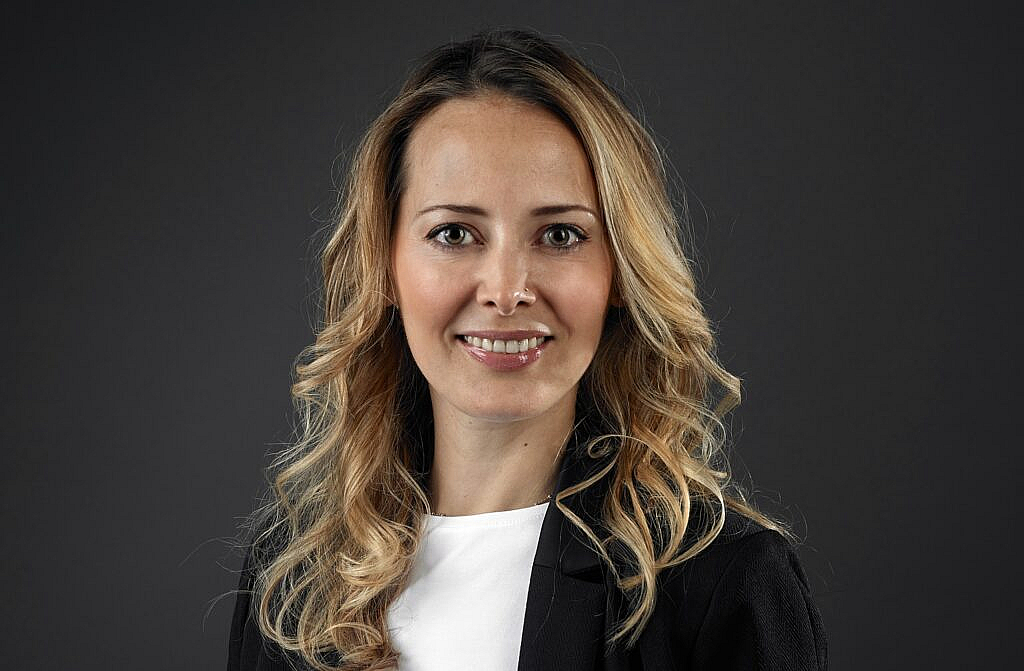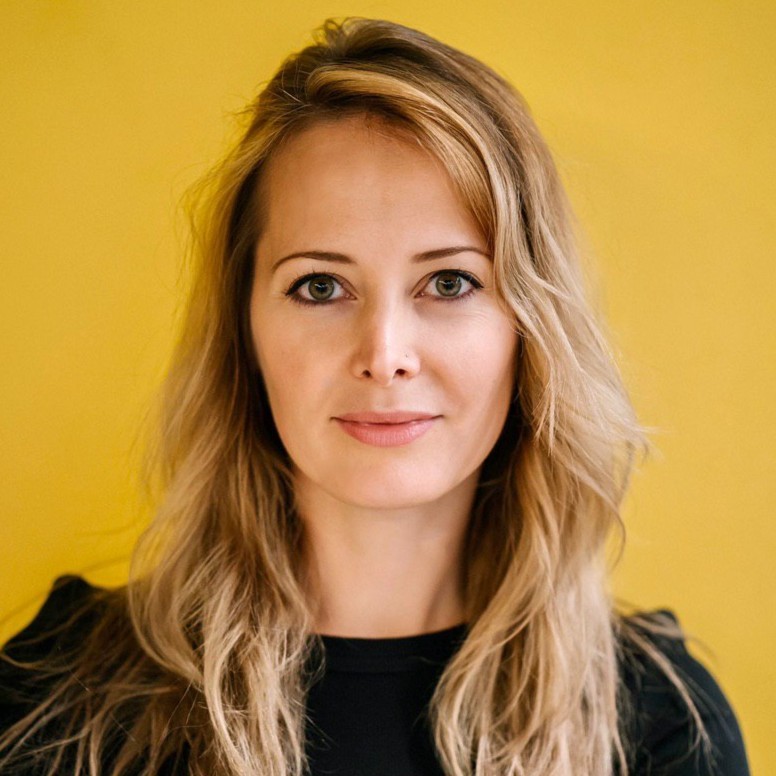La thune is a French word meaning, informally, money. Thunes is a cross-border payments platform that supports 80 currencies, enables payments to 130 countries, helps to accept 300 different payment methods, and can reach 3 billion mobile wallet accounts worldwide.
Cross-border payments are instrumental to the functioning of today’s global economy. Thunes offers real-time payments infrastructure connecting emerging markets to the global economy, thereby providing everyone — businesses, entrepreneurs, individuals — with access to fast and efficient cross-border money movement, bypassing SWIFT and the correspondent banking model. Thunes is used by many names you know, including Uber, Deliveroo, and Southeast Asia’s super-app Grab, and by global fintech leaders such as PayPal, Remitly, Finastra, Revolut, and Tencent Financial Technology, the fintech arm of Tencent in China.
Thunes has two additional business lines as the result of acquisitions: it collects for online retailers with customers in emerging markets and it offers compliance as a service for banks and others involved in processing cross-border payments.
Founded in 2016, the company is headquartered in Singapore with regional offices in London, Paris, Shanghai, Dubai, Hong Kong, Barcelona, Miami, Beijing, and Nairobi. In June, Thunes announced a Series C of over $72 million in support of this vision. The round was led by London-based hedge fund Marshall Wace, with participation from Bessemer Venture Partners, 01Fintech, Visa, EDBI (the venture arm of Singapore’s Economic Development Board), and Endeavor Catalyst. With this round, Thunes is reportedly valued at more than $900 million. It has a couple of hundred employees.
Irina Chuchkina is Thunes’ Chief Marketing Officer, having joined about two years ago, in 2021. She previously spent nearly 20 years building world-class brands at the intersection of payments and technology across Europe and Asia.
Q. The responsibilities of a CMO can vary from company to company. Irina, how is the role of CMO defined at Thunes? What are your key responsibilities?
A. In general, I believe that a CMO needs to organize and structure the team to help the company achieve three core objectives:
- The first one is to build an attractive and distinct brand.
- The second is to formulate the value proposition of the company for the target audience the company targets.
- The third one is to determine channels that will deliver that value proposition, that brand promise, with as little effort and as little friction as possible, to the target segment.
That is what the CMO is supposed to do: organize people, technology, and processes to help achieve these three goals.
An interesting side note here: In my experience, the biggest differences between CMO responsibilities and Marketing Operations have not generally been based on industries, nor even on stages of company growth. The biggest differences I have observed are between B2B and B2C business models: enterprise marketing relies on a different set of channels, different tactics, different sales cycle, and different decision-making patterns.
Q. Who are Thunes’ target markets, and how do you segment your markets?
A. There are two levels that I want to address:
First, let’s talk about broad geographical segmentation and market focus:
Thunes is a global company, headquartered in Singapore, so naturally our expansion historically started in Asia. Interestingly, at the start of our business we also placed a big focus on Africa, one of the most underserved continents. The third continent that we expanded to was Europe, and this is also where we have a lot of our business, with the UK, France and Western Europe in general being the core market for us in this region. These regions now represent some of our most established and mature regions.
Last year, we also started to expand into other geographical regions. The Americas, especially Latin America, are going to be a very strong focus for us. Another region in which we are putting a lot of energy in the Middle East and North Africa, where we are seeing a lot of success.
Broadly speaking, we cover the world. The focus is almost always on the big technological hubs. It could be Singapore, Hong Kong, London. In Latin America it would be Sao Pãulo, Buenos Aires — big centers with high concentration of entrepreneurial power.
Among these markets, some will be the cash cows, revenue drivers, and this is where we would be optimizing our business and trying to grow market share. Others would be growth markets, and this is where we can be a little more creative, more aggressive.
The other way that we are segmenting our audience is by industry. We are talking about target markets. We’ve identified seven key groups that we’re trying to solve payments problems for:
- Money transfer operators: companies such as PayPal, Remitly, and Western Union —offering international transfers.
- Banks: traditional banks, digital banks and neo-banks like Revolut. A lot are now being born and quickly growing in the Middle Eastern region. In Saudi Arabia, there’s a plethora of very exciting digital banks that were born just a couple of years ago from the Vision 2030.
- PSPs (payment service providers): we often work with other payment players and operators.
- Other fintechs — businesses that provide business payments and invoice factoring, in some cases servicing SMEs, sometimes consumers.
- Digital merchants as well as software firms.
- Marketplaces such as Uber, Deliveroo, or Grab.
- The final one is the creator and social media platforms: a new generation of payment use cases that really didn’t exist before.
Q. How are you reaching them? Are different channels more or less effective in reaching certain segments or regions?
A. As an enterprise sales business, our success continues to rely on human interactions and personal, 1:1 relations. So, while we in marketing are of course leveraging digital channels to try to achieve scale — drive awareness, visibility, and educate our customers on our solutions — creating those offline experiences continues to be important.
For us, that means that out of the list of all the earned and paid channels, one of the most prominent is conferences and events. Either creating and hosting events or joining conferences that are being organized by others. Making sure that we play a prominent role and put ourselves front and center on the stage and engage with the right communities.
This has worked particularly well for us. I would think that for any enterprise business, using those platforms to make personal connections will continue to be part of everyone’s repertoire. We’ve seen how COVID has tried to shift that, but the moment COVID restrictions were lifted everyone just went back to events.
Q. My sense is that fintech conferences have changed since COVID, and I’m having a hard time putting my finger on what I mean buy that, but they feel different to me. Do you think I’m wrong? Are we partying like it’s 2019 again?
A. First COVID conferences created an almost euphoric atmosphere, but that quickly changed as the tech meltdown and the need to manage costs and investments more rigorously impacted the market. You must remember last year, 2022, when valuations were slashed and investment activity almost went down to zero? That influenced the mood at those conferences.
Most recently, people attending these conferences started to be a lot more commercially oriented, really trying to make the most of them. At one of the recent Money 20/20 conferences, there were a lot fewer people attending the talks than those that were discussing business on the exhibition floor. The floor had a lot more energy than the amphitheaters.
Q. Thunes is an active participant in many fintech conferences around the globe. You have a unique approach to getting value from these conferences. You flood the zone, if I can use an expression from sports, meaning you have a lot your people in attendance, which feels different from the approach of other B2B marketers who might send a single salesperson. Can you talk about your strategy for getting the most out of your conference budget?
A. A few years ago, companies would try to wing it, improvise on the spot. But remember, if you didn’t do your homework, then buying a ticket and attending the best show will be a waste of precious money and time.
So after years of experiments, we have come with a pretty solid event activation framework:
First, we analyze the list of participants: we need to know which of our customers will be coming, we identify leaders from companies that we’re going after, we know which companies represent open business opportunities.
When we know who will be attending, we can decide who do we want to bring in order to match the level of clients and prospects that we are looking to engage.
We also don’t rely on inbound traffic, nor do we float around or try to figure things out on the fly. Our teams have their ‘dance cards’ filled with pre-calibrated meetings. Our CEO is there to support us and lend weight to the interactions, making sure that we engage with the most senior people in the organization.
But every event is also a bit different. For example, we met at the Paris Fintech Forum in May this year. That conference was one of the most unique events that I’ve ever attended, with almost 100 CEOs and leaders from all the global Fintech leaders gathering in what felt like a rather intimate and cozy venue. That allowed some really interesting interactions: for example, Peter, Thunes CEO, spoke to something like 18 CEOs of other fintech companies in the forum lounge. We also had a small team on the ground helping to make the most out of Peter’s time. It was fascinating.
And then next week, we all went to Money 20/20 Europe — a completely different event! Thunes had a booth there, but we didn’t rely on that alone. We actually had scheduled more than 280 meetings — a very different scale to the Paris Fintech Forum, but also a rather different atmosphere. While the Paris Fintech Forum felt very intimate and engagements were deep, Money 20/20 was all about scale, efficiency, and good planning.
Overall, I’m quite proud of how far we’ve come!
Q. What does the Thunes brand stand for?
A. Thunes brand is efficient and to the point (a bit like our technology and network).
It is also professional, yet friendly and open minded, like our people.
The final attribute is responsible – we stick to the commitments we make, the boundaries we set, our approach to risk and compliance, and overall integrity.
Q. Thunes is a company with people spread across the planet. How do you ensure everyone inside the company is telling the same brand story to the outside world?
A. The marketing team is not just the custodian of the brand, monitoring the correct use of logos, slides, and fonts. We are responsible for developing the core narrative of the company, familiarizing our internal audiences with it, and giving them tools for conveying who we are and what we do.
This includes creating libraries of collaterals and training people on the best ways to use them. Every now and then we run media training for the key spokespeople. And for anyone else who might be standing before an audience, whether big or small, we try to give them support: reminders of the key messages, as well as tips and tricks.
We have a variety of internal channels and tools, including Slack, to remind people of our story and suggest ways to tell it. We also use internal channels to remind people of things we can be proud of, and things that are worth sharing, leveraging what’s called “employee advocacy” and treat people as company ambassadors.
We’ve created what I think is a pretty good social media kit that includes a combination of branding assets and descriptions of us that can be quickly copied and pasted into a social media profile. I’m sometimes running social media trainings telling people how to post, where and what. This is beneficial to the company, but it also benefits our people and helps them build a social brand for themselves.
Q. Thunes sells to businesses, but — if I understand correctly — in some cases, payments are initiated or received by individuals. Do these consumers ever see the Thunes brand? Are there scenarios in which you would like them to?
A. We are a B2B2C, but we are the backend. We white label our solutions, so in most cases consumers and end users would not be seeing the Thunes brand. As much as we’d like eventually, potentially, to become a little bit of that “Intel Inside”, we don’t currently see consumers as our audience. The core audience is typically the payments people within an organization.
If I think about our vision, it was formulated quite well by our CEO just a couple of weeks ago. Image if 10-15 years from now, corporate treasurers and CFOs would not say “I will wire you with SWIFT”. Instead, they would say “I will wire you with Thunes”.
Q. Or “I will Thunes you the money”.
A. Well, this is the big aspiration of every marketeer: for your band to become a verb. It’s a pretty cool aspiration, but it’s hard to get to.
# # #



